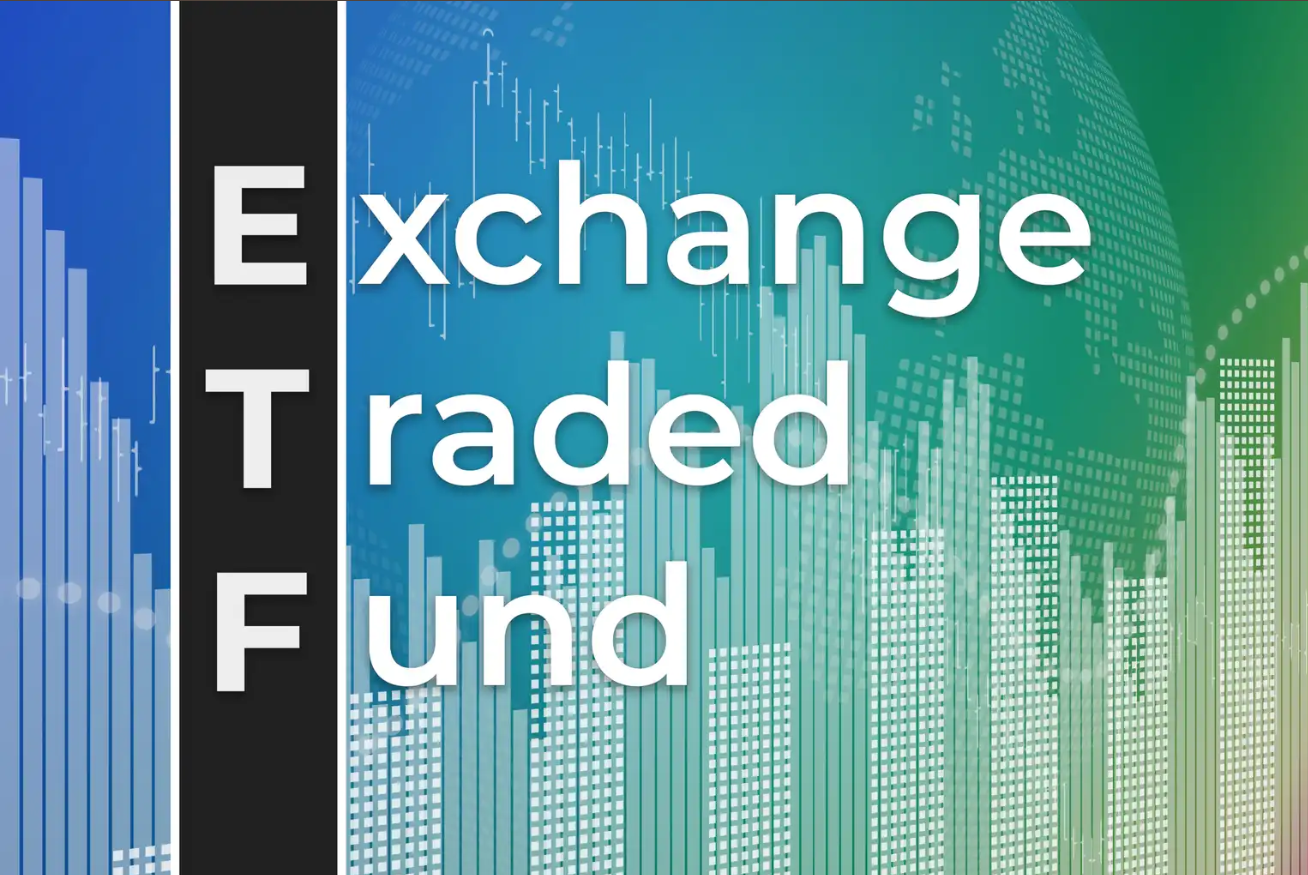Introduction
Exchange- traded finances, or ETFs, have revolutionized the investment world, furnishing investors with easy access to a wide range of means. But as ETFs become more popular, there is a frequently- overlooked point that sophisticated investors and institutions influence ETF swaps. So, what exactly are ETF swaps, and how do they profit investors? Let’s dive into the world of ETF swaps and explore how this medium can optimize portfolios, reduce costs, and boost duty effectiveness.
What’s an ETF( Exchange- Traded Fund)?
An ETF, or exchange- traded fund, is a type of investment fund that trades on stock exchanges, much like individual stocks. ETFs pool together finances from multiple investors to buy a handbasket of means, similar as stocks, bonds, or goods. The main advantage of ETFs is that they allow investors to diversify their portfolios without having to buy each individual asset independently. ETFs are generally known for their low freights, liquidity, and inflexibility.

The Basics of ETF Swaps
ETF swaps are basically the process where large- scale investors or institutions change one set of ETF shares for another, or occasionally for the underpinning securities that the ETF represents. This is done in an effective, frequently duty-friendly manner. ETF swaps can be in two primary forms in- kind swaps and cash- grounded swaps.
Types of ETF Swaps
In- kind Swaps
In an in- kind swap, ETF shares are changed for the beginning securities that make up the ETF, or vice versa. This process is generally duty-effective because it does n’t involve dealing securities, which could spark taxable capital earnings.
Cash- grounded Swaps
Cash- grounded barters, on the other hand, involve swapping ETF shares for cash. While this may not offer the same duty advantages as in- kind swaps, it provides liquidity and ease of sale.
How ETF Swaps Work
ETF swaps involve a process between two crucial parties the investor( frequently large institutional investors) and the ETF issuer or an authorized party( AP). The way in a typical ETF swap are as follows
Creation of New ETF Shares An authorized party submits a” creation unit,” which is a block of means that match the ETF’s beginning securities.
In- Kind or Cash Exchange The AP exchanges the creation unit for ETF shares, either through an in- kind or cash- grounded process.
Redemption Process When the AP wishes to redeem ETF shares, they can submit the ETF back to the issuer, entering the corresponding securities or cash.
Why Use ETF Swaps?
ETF swaps offer several significant advantages, especially for institutional investors
duty effectiveness
One of the biggest advantages of ETF swaps, particularly in- kind swaps, is their duty effectiveness. By avoiding direct sales of securities, investors can sidestep the capital earnings levies that would typically be incurred when means are vended.
Portfolio Rebalancing
ETF swaps allow for easy and cost-effective portfolio rebalancing. rather of dealing and retrieving means, which could dodge sale freights and levies, investors can use swaps to efficiently acclimate their portfolio allocations.
The part of Authorized Actors
Authorized actors( APs) are critical players in the ETF swap process. APs are generally large institutions, like banks or fiscal enterprises, that have the authority to produce or redeem ETF shares. They grease liquidity in the ETF request by icing there’s enough force and demand for ETF shares, keeping the price in line with the ETF’s net asset value( NAV).
ETF Swaps and duty effectiveness
The duty benefits of ETF swaps are most apparent in in- kind deals. Because the investor is entering securities rather than dealing them for cash, capital earnings levies are generally remitted. This makes ETF swaps a favorite tool for duty-conscious investors, particularly those managing large portfolios.
For case, if an investor holds an ETF with substantial earnings, they could swap their shares for the beginning securities without driving a taxable event. They can also vend the securities at a further strategic time or hold them indefinitely, depending on their duty strategy.
Benefits of ETF Swaps
Low sale Costs
Compared to traditional buying and selling, ETF swaps tend to have lower sale costs, especially for large deals. This is because swaps do off- exchange and can avoid the shot- ask spread and other request conflicts.
Increased Liquidity
ETF swaps help maintain liquidity in the ETF market, icing that large investors can move by and out of positions without significantly impacting the price of the ETF.
pitfalls Involved in ETF Swaps
While ETF swaps offer numerous benefits, they also come with certain pitfalls. The complexity of these deals means that they’re generally best suited for educated investors. Implicit pitfalls include
Counterparty threat If the counterparty in the swap fails to deliver the securities or cash, there could be fiscal losses.
Market threat Like all fiscal deals, ETF swaps are subject to market oscillations, which could affect the value of the securities involved.
ETF Swap vs Traditional Trading
The primary difference between ETF swaps and traditional trading lies in the duty counteraccusations and the inflexibility of rebalancing portfolios. For large institutional investors, swaps can offer a more effective way to manage duty arrears and reduce sale costs compared to traditional buying and dealing on the market.

Common Misconceptions About ETF Swaps
numerous people inaptly believe that ETF swaps are only for professional investors. While it’s true that large institutions primarily use swaps, the underpinning benefits, similar as duty effectiveness and low costs, also apply to individual investors who hold ETFs.
ETF Swaps in Portfolio Management
ETF swaps can play a vital part in optimizing a portfolio, particularly for investors looking to manage levies and rebalance efficiently. For illustration, an investor might use ETF swaps to shift their portfolio toward a different sector or asset class without incurring the same duty burden they would face with a traditional trade.
ETF Swaps and Market Trends
ETF swaps have gained fashionability in recent times, as further investors come apprehensive of their benefits. In particular, the demand for duty-effective strategies has led to an increase in the use of swaps among institutional investors. As ETFs continue to grow in fashionability, it’s likely that the use of ETF swaps will also increase.
Conclusion
ETF swaps are a important tool for institutional investors and individual investors likewise. They give duty effectiveness, low sale costs, and an easy way to rebalance portfolios without driving taxable events. While there are pitfalls involved, the benefits frequently overweigh them, especially when used as part of a well- planned investment strategy.
FAQs
1. What’s the main benefit of ETF swaps?
The primary benefit of ETF swaps is duty effectiveness, allowing investors to postpone or avoid capital earnings levies.
2. Are ETF swaps parlous?
ETF swaps come with certain pitfalls, similar as counterparty threat and market threat, but these are generally manageable with proper due industriousness.
3. How do ETF swaps affect levies?
ETF swaps, especially in- kind swaps, allow investors to avoid driving capital earnings levies, making them a duty-effective investment strategy.
4. Can individual investors share in ETF swaps?
While ETF




